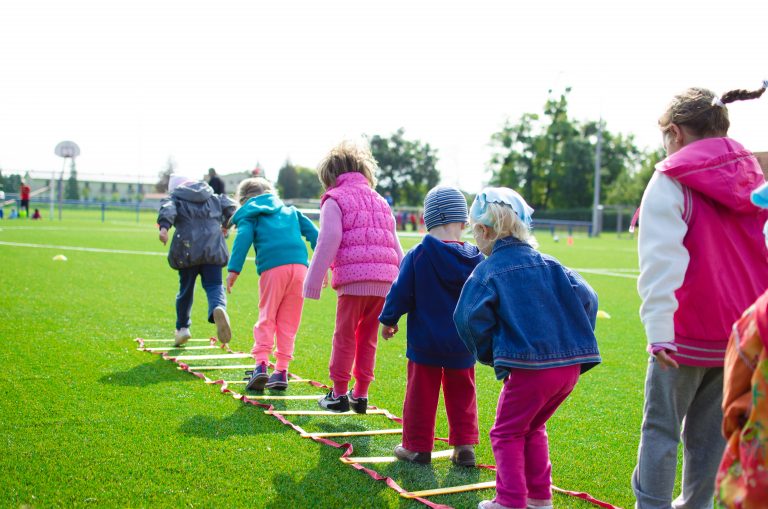Fitness testing is simply taking measurements of the body and its responses to exercise so that we can work out where a component of someone’s fitness is, at any given moment in time.
By performing particular child friendly fitness tests, we at Coyote can see and measure how our children’s fitness levels have improved. This gives us an indication of what each individual child needs to work on for overall level of good physical development, and what we need to do more of in our session planning.
We’ve joined forces with the company Gym Run Colours to help us achieve this. Each child completes 5 challenges, and their scores are calculated to give them an overall score. Following this assessment they will receive a particular badge, and begin to build their fitness rainbow as they continue to progress and improve their fitness levels. www.gymrun.co.uk
This scheme supports all five of the DFE guidelines for the sports premium.
Gym Run Ultimate Tests
- Speed-Speed bounce
- Stability-Sit up
- Strength-Dip
- Stamina-3 minute run
- Power-Power jump
Many of you may be wondering what each challenge means and what the difference is between the various physical development activities that we focus on. Listed below are the explanations to each fitness discipline that we use in our classes.
- Balance-is the ability to stay upright or stay in control of body movement, and coordination is the ability to move two or more body parts under control, smoothly and efficiently. There are two types of balance: static and dynamic.
- Agility-or nimbleness is the ability to change the body’s position efficiently, and requires the integration of isolated movement skills using a combination of balance, coordination, speed, reflexes, strength, and endurance.
- Strength-is a type of physical exercise specialising in the use of resistance to induce muscular contraction which builds the strength, anaerobic endurance, and size of skeletal muscles.
- Speed-is the ability to move quickly across the ground or move limbs rapidly to grab or throw. Movement speed requires good strength and power, but also too much body weight and air resistance can act to slow the person down.
- Power-develop a muscle/muscle group’s ability to contract at maximum force in minimal time. Power is important to develop in every single type of athlete and individual alike.
- Flexibility-or limberness refers to the range of movement in a joint or series of joints, and length in muscles that cross the joints to induce a bending movement or motion. Flexibility varies between individuals, particularly in terms of differences in muscle length of multi-joint muscles. Flexibility in some joints can be increased to a certain degree by exercise, with stretching a common exercise component to maintain or improve flexibility.
It is important to know that even though we conduct these fitness tests, the children have no idea they are being assessed and have a lot of fun performing the activities chosen. When they receive their badges and certificates they are so proud to collect them and can’t wait share with others what they’ve achieved.
Don’t be afraid of introducing a fitness test measuring scheme in your children’s fitness classes or school P.E lessons. As long as they are child friendly and simple to perform it will motivate them and not discourage them, providing it is full of fun and laughter and they are made clear that it is friendly competition.
Fitness is fun, it releases happy endorphins and the children really do love their fit club classes.


